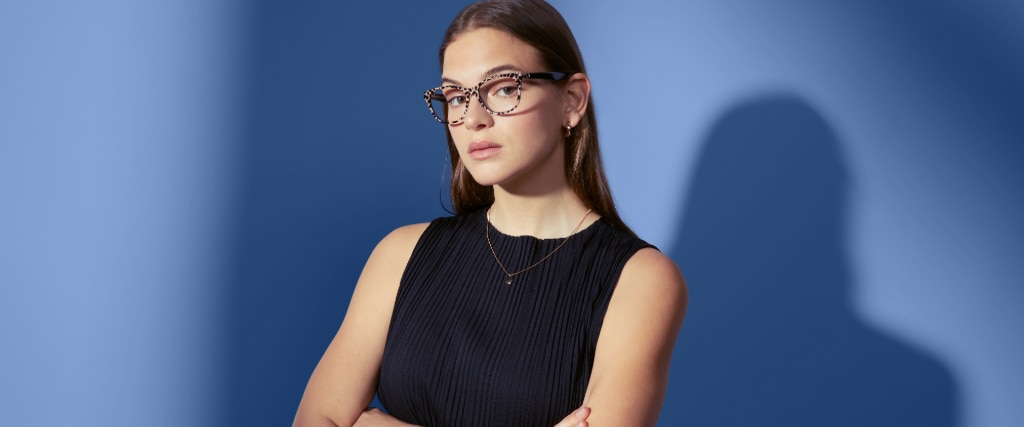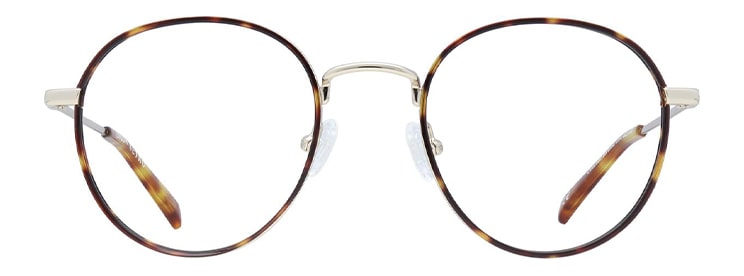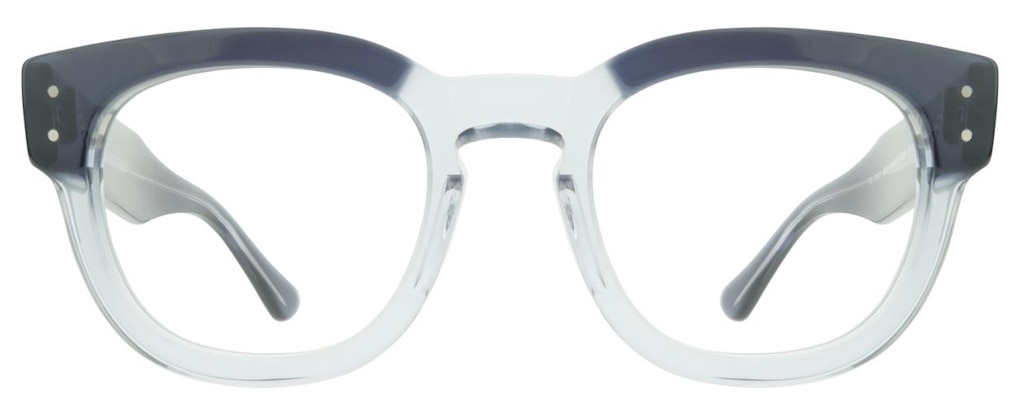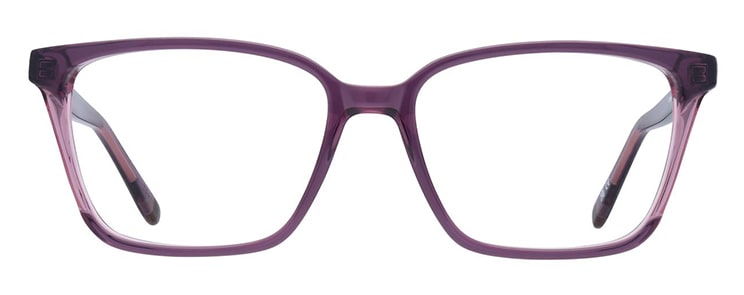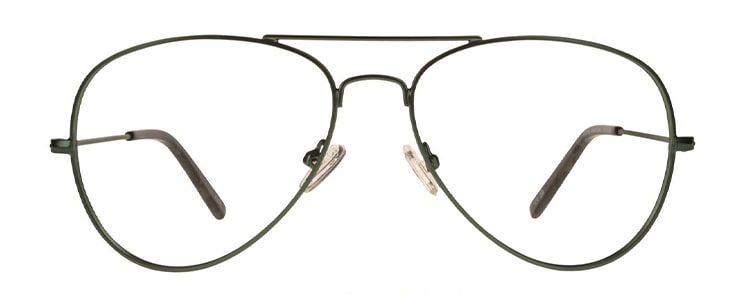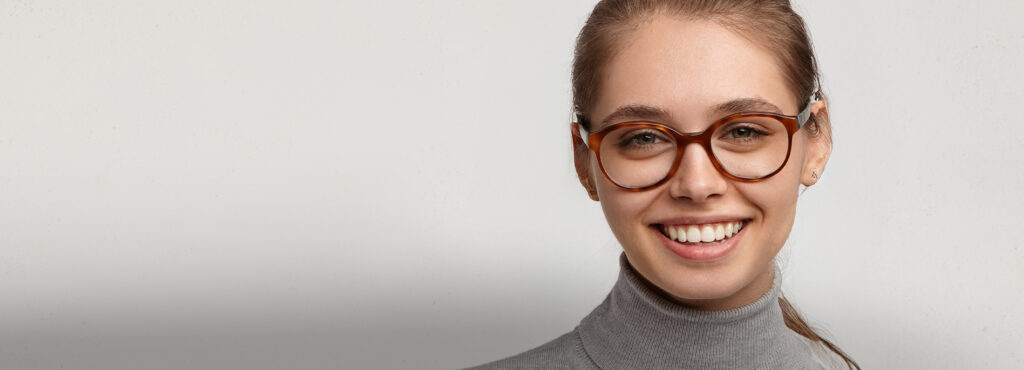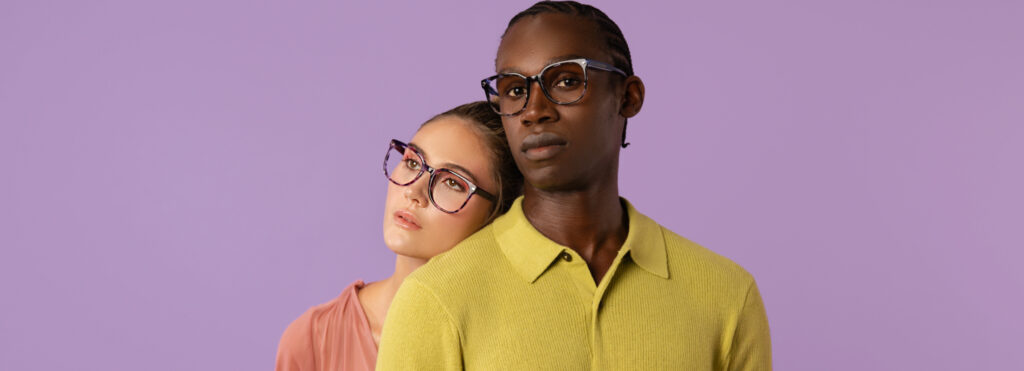While blue and green eyes are often celebrated for their rarity and charm, brown eyes are the true global classic and equally captivating in their own way. Just think of stars like Dua Lipa, Olivia Rodrigo, Bruno Mars and The Weeknd — all of whom prove that brown-eyed brilliance is timeless.
Believed to reflect a trustworthy and grounded personality, brown eyes are rich, warm and full of depth. This eye colour also tells a fascinating story about genetics, evolution, and eye health. Here’s everything you didn’t know you needed to know about the world’s most common eye colour and the best styles of glasses that bring out their alluring charm.
How common is the eye colour brown?
Brown is the most common eye colour across the globe, with its prevalence estimated at up to 80% of the world’s population. They’re especially common in people from Africa, East Asia and the Middle East.
In the UK, around 30% of people have a brown eye colour, making it the second most common after blue. That said, if you include hazel eyes, the balance is nearly equal.

What causes your eyes to be brown?
Eye colour is determined by the amount of melanin, a natural pigment, in your iris. People with brown eyes have a high concentration of melanin, especially in the front layer of the iris. This makes their eyes appear darker compared to light blue or green eyes, which have significantly less melanin.
Melanin also plays a role in protecting your retina by filtering out harmful UV rays — giving brown-eyed people a natural advantage when it comes to certain eye health risks.
What different variations of brown can your eyes be?
They range from light honey tones to deep espresso shades, with some leaning toward amber eyes — a warm, golden colour that’s especially striking in natural lighting conditions.
The variation is all about how much brown pigment your eyes produce. People with light brown eyes or hazel eyes have slightly less melanin, while those with very dark brown eyes have more. Eye colour can also appear to shift based on surroundings and light.
What’s the difference between brown and hazel eyes?
Though they’re often confused, there’s a key difference and that is that hazel eyes usually feature a mix of iris colours, such as green, brown, and gold. This gives them a more speckled or multicoloured look. Brown eyes, on the other hand, tend to be more uniform in colour.
This variation comes from the distribution of melanin and light reflecting off the stroma, the front layer of the iris.
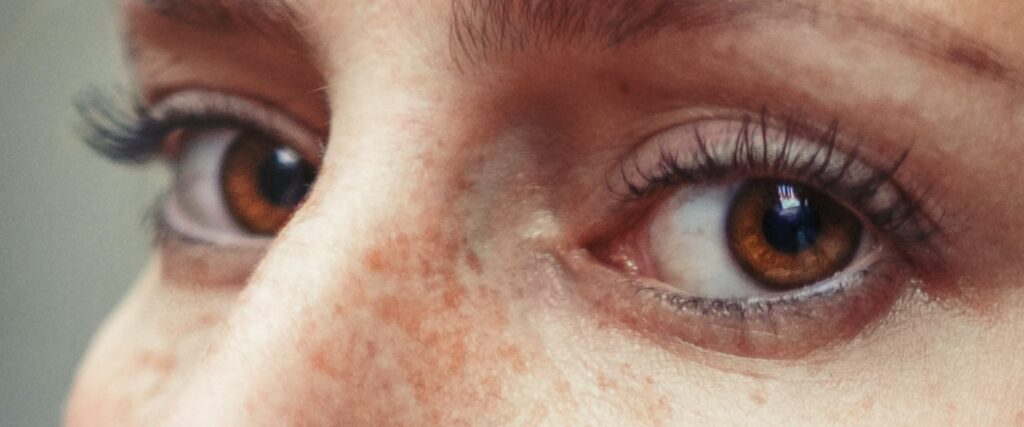
What determines your eye colour?
Your eye colour genes come from both parents, but it’s not as simple as one gene being dominant. Modern science has shown that eye colour is influenced by at least 16 genes, with HERC2 and OCA2 playing key roles in melanin production.
That’s why two blue-eyed people can sometimes have a child with a different eye colour like brown, green, or even grey eyes — depending on their genetic mutations and ancestry. It’s believed we all share a common ancestor where brown eyes were the default, and lighter eye colours emerged due to genetic changes over time.
How rare is it to have this eye colour?
While they’re the most common globally, in some parts of the world, brown eyes are one of the rarest eye colours, especially in regions like Scandinavia or Iceland and other parts of Northern Europe where blue and grey eyes are more dominant. Rarer still are conditions like heterochromia (two different coloured eyes) and albinism, where a lack of melanin causes very light, even violet eyes due to visible blood vessels.
Eye health and brown eyes
There are a few health advantages to having darker eyes. People with brown as an eye colour are less likely to develop age-related macular degeneration (AMD), diabetic retinopathy and uveitis than those with lighter-coloured eyes.
However, they may be at a slightly higher risk of cataracts. As always, regular eye tests and proper protection with quality eyewear — including sunglasses that block UV radiation — are vital for maintaining good vision, no matter your eye colour. This is because overexposure to the sun can lead to health conditions like ocular melanoma (a rare type of eye cancer) and AMD.
Glasses that bring out your natural eye colour
Brown eyes pair beautifully with warm, rich colours. Here are some of the best frame choices:
- Green or tortoiseshell frames – enhance golden undertones
- Light gold – adds brightness and soft contrast
- Deep purples or blues – create a striking look for standout style
- Coloured contact lenses – If you’re curious about switching things up, they’re a fun, non-permanent way to experiment and try this eye colour for yourself.
Final thoughts
Brown eyes might be the most common, but they’re anything but ordinary. They reflect a unique combination of genetics, pigmentation, and personal style — and they look good in just about anything.
Whether you’re searching for the perfect pair of glasses or exploring the science of human eye diversity, there’s plenty to celebrate about this warm, timeless eye colour.
Browse our full collection of glasses and see what suits you best.

